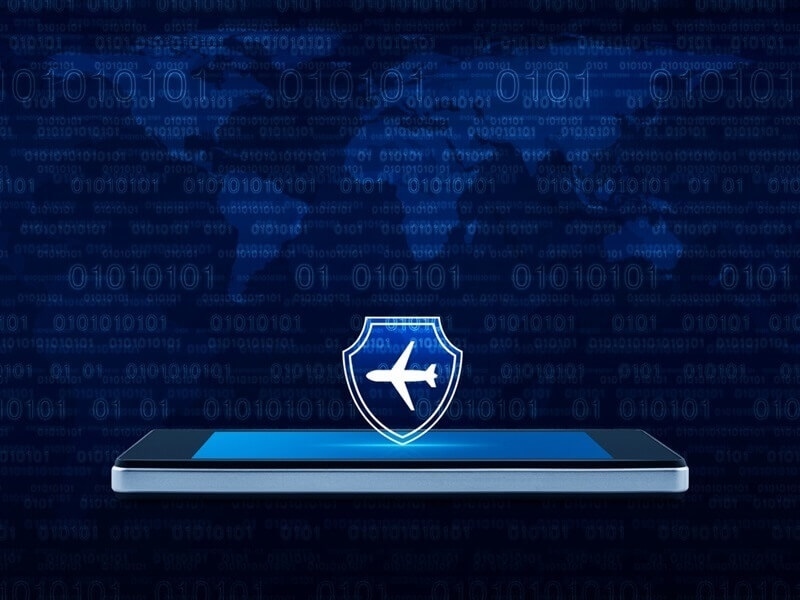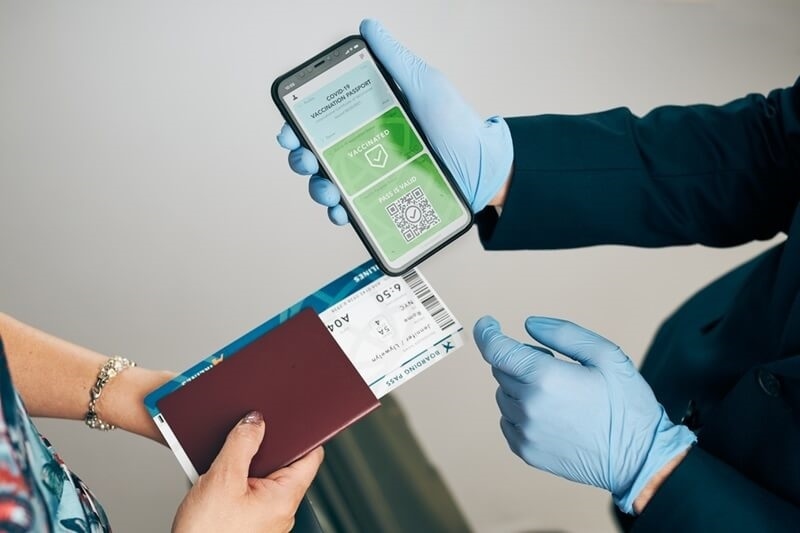
Traveling today is different. Every booking, map, or payment passes through a screen. You share details with airlines, hotels, and apps. Each step opens a small window into your personal data. Knowing what is digital safety helps you close that window before someone looks through it.
Digital safety means protecting your devices, accounts, and money from online threats. When you travel, it keeps your information safe from hackers, scammers, and identity theft. It is not a tech skill. It is a travel habit.
Digital safety is the practice of securing everything you do online. It protects your information from people who try to steal or misuse it. When you connect to public Wi-Fi or use an unfamiliar app, you are at risk. Knowing what is digital safety means recognizing those risks and acting before they cause harm.
Digital safety covers these areas:
Every traveler should treat digital safety as part of basic travel preparation. You pack your passport, your charger, and your security habits.
When you travel, you expose your personal data in places with weak digital laws and open networks. That makes digital safety essential, not optional.
Also check: Airport Safety Tips to Prevent Injuries While Traveling

Travel apps simplify every part of your trip. You use them to check flights, find restaurants, translate signs, and store tickets. They save time and keep you organized. Yet, every app you install collects data. Some share it with advertisers or use it for analytics. Few travelers read the permissions before downloading.
To stay safe with travel apps, use these steps:
Keep your travel apps updated. Developers release patches to close security holes that hackers exploit. Delete apps that you do not use after your trip. Each unused app is another possible entry point into your data.
Travel apps are helpful tools, but you must manage them with care. They are not always secure, and they do not replace personal awareness.
Many travelers install free travel apps for navigation, weather updates, or itinerary planning. These apps offer value but often come with hidden costs. Free travel apps collect user data to show ads or sell insights to third parties. Some contain weak coding or malware that can infect your device.
To use free travel apps safely, follow a few rules:
Free travel apps are convenient, but not every one deserves your trust. They should never handle sensitive information like payment details or identification numbers. Keep financial and personal data in separate, secure tools.
A quick check before installing saves you from long-term problems. Remember, “free” often means you are the product. Your data pays the price.
A prepaid digital wallet is one of the best tools for secure travel payments. It lets you load a specific amount of money before your trip and spend from that balance. Once the funds run out, the wallet stops transactions. This keeps your main bank account untouched if your device is lost or compromised.
Benefits of using a prepaid digital wallet:
To protect your prepaid digital wallet:
A prepaid digital wallet gives you control over travel spending and adds a layer of protection. It fits the same philosophy behind what is digital safety, prevention before loss. Treat it as your digital cash. Secure it with the same care as your physical wallet.
Must Read: How to Overcome Fear of Flying: Tips, Therapy & Support
Your devices are your travel command center. Losing one or getting hacked can ruin an entire trip. That makes device security a critical part of digital safety.
Start before you travel.
While traveling, never charge your phone using public USB ports. They can be used to install malware through a method called “juice jacking.” Use your own adapter or power bank.
Be cautious when connecting to hotel or airport Wi-Fi. Many public networks are unencrypted, allowing others to intercept your data. Use a virtual private network (VPN) to protect your online activity.
If your device is lost, use tracking features immediately. Lock or erase it to stop unauthorized access. Having strong device security prevents data theft, fraud, and exposure of sensitive accounts.
Use this list before, during, and after your trip to stay safe.
This checklist reduces digital risk and keeps your devices, money, and personal data secure from start to finish.
Read More: Top Common Travel Mistakes to Avoid for a Smooth Journey
Many travelers think digital threats are rare. They are not. A single unprotected Wi-Fi session can expose your passwords. A fake travel app can steal your payment data in minutes. Understanding what is digital safety is the best way to stay prepared.
Digital safety is not complex. It is a habit of careful actions. You update, you verify, and you protect. You treat your phone as seriously as your passport.
Every traveler who uses travel apps, free travel apps, or a prepaid digital wallet depends on strong device security. One weak link can lead to major loss. Building simple digital safety habits keeps control in your hands.
Travel with awareness. Protect your devices. Watch your accounts. Your trip should bring memories, not recovery emails.
This content was created by AI